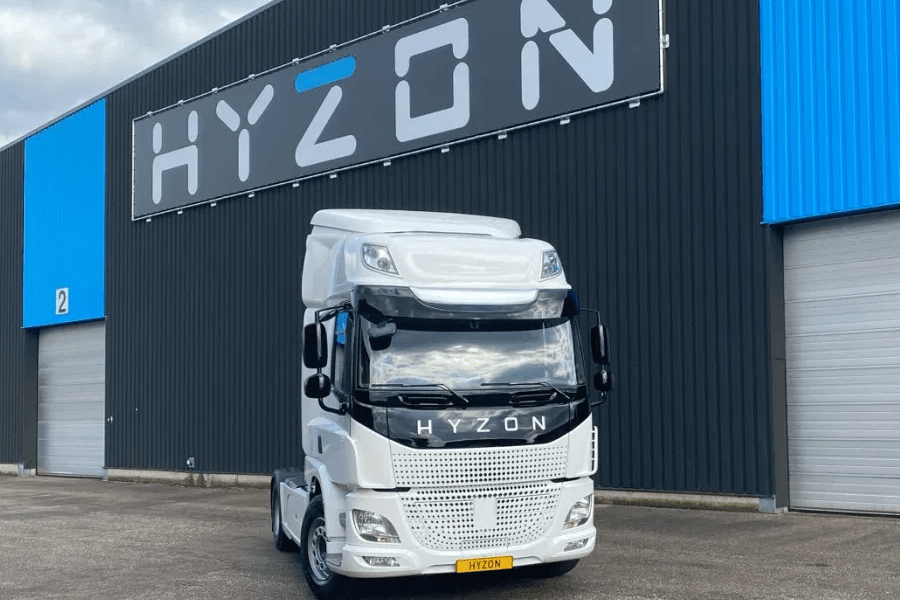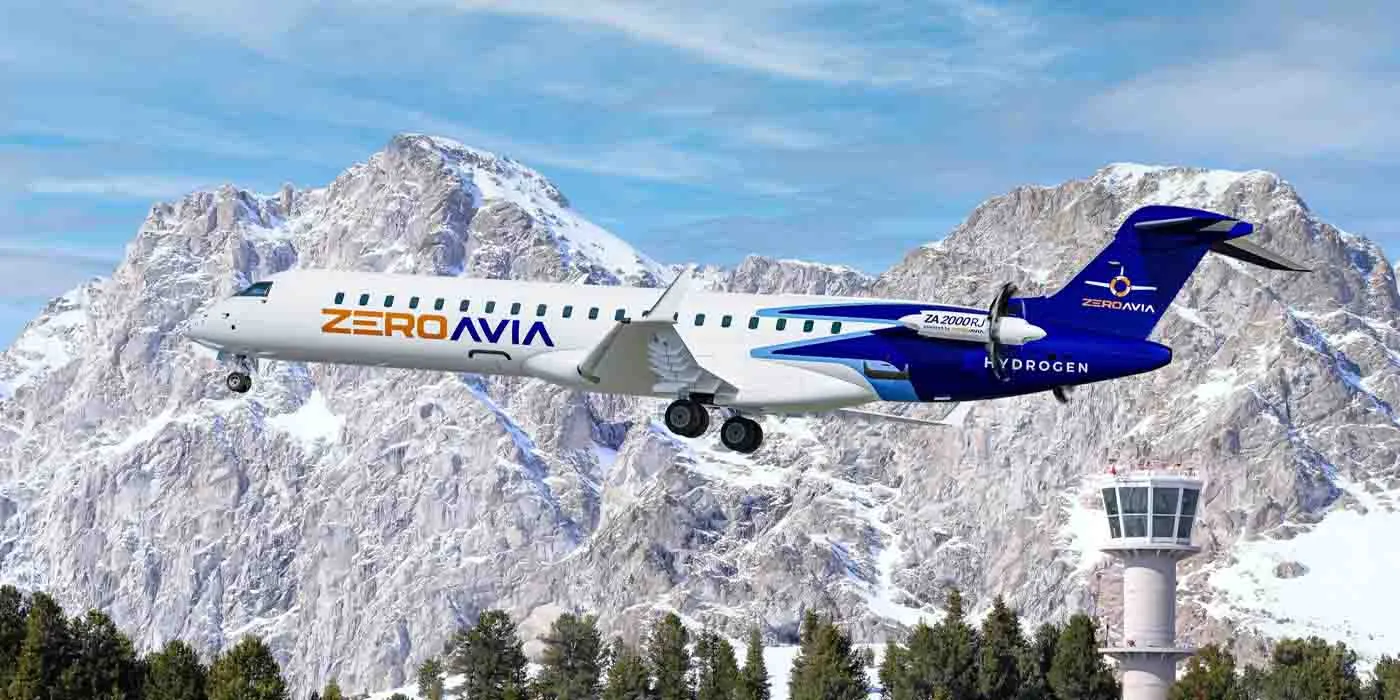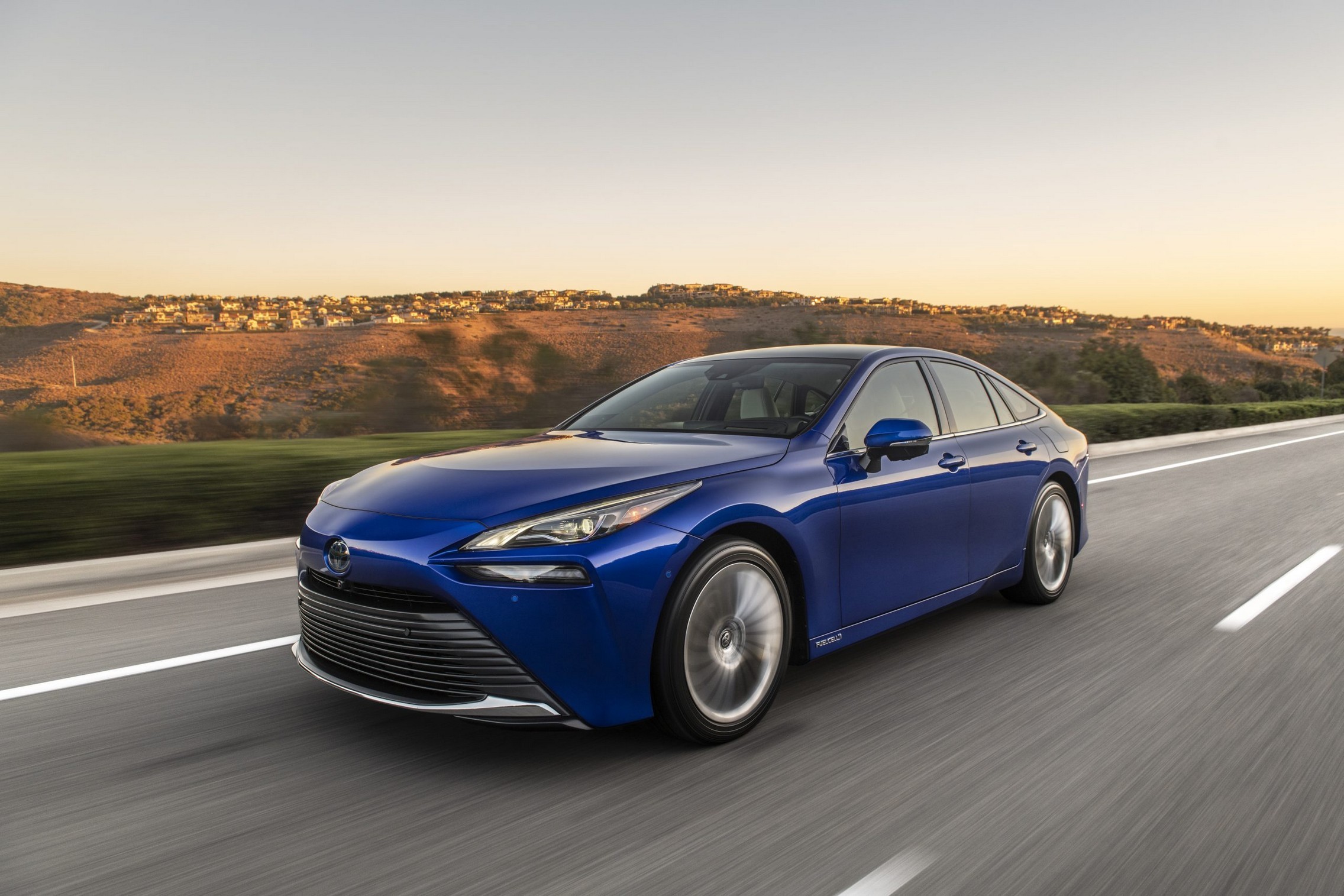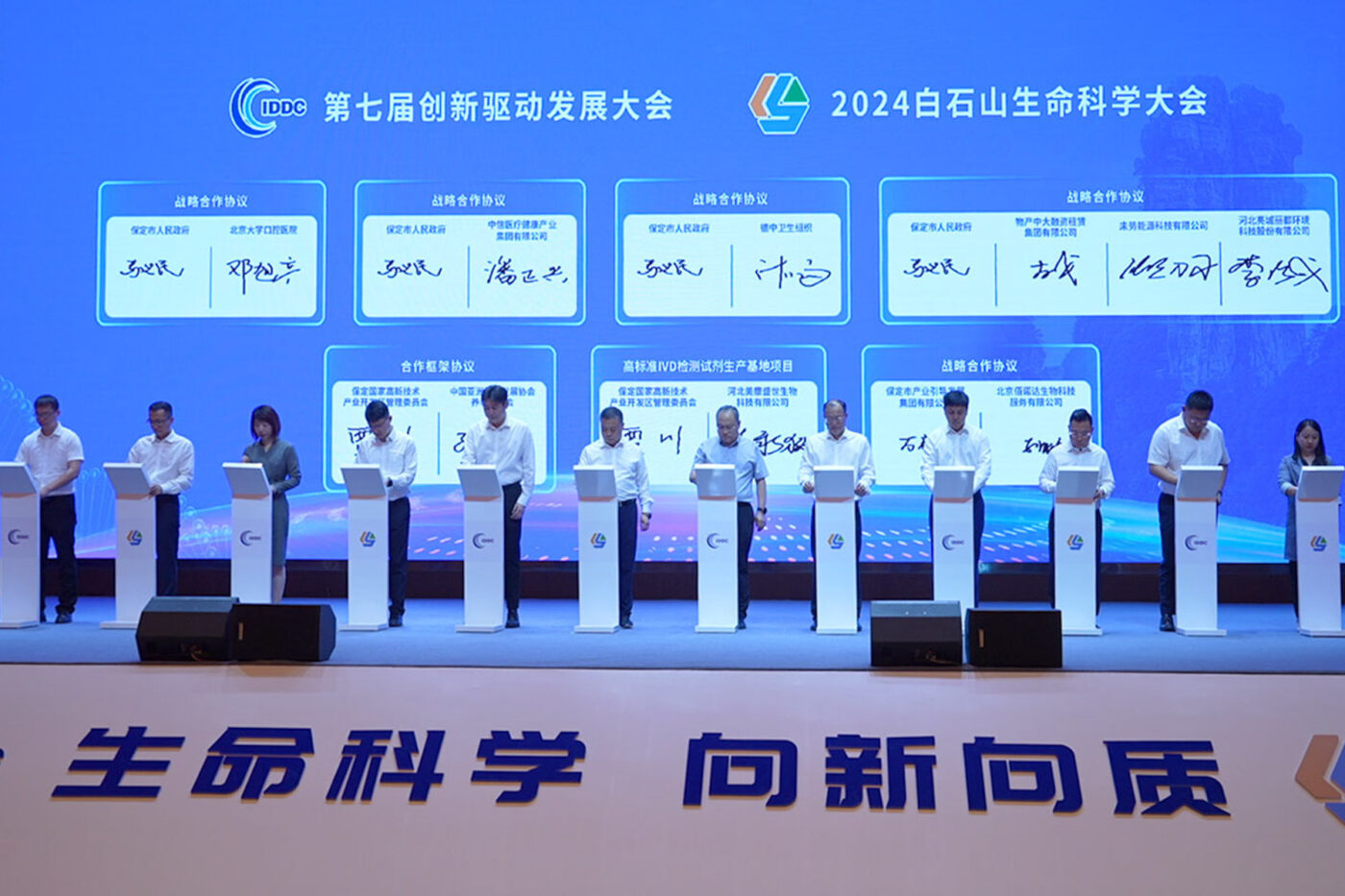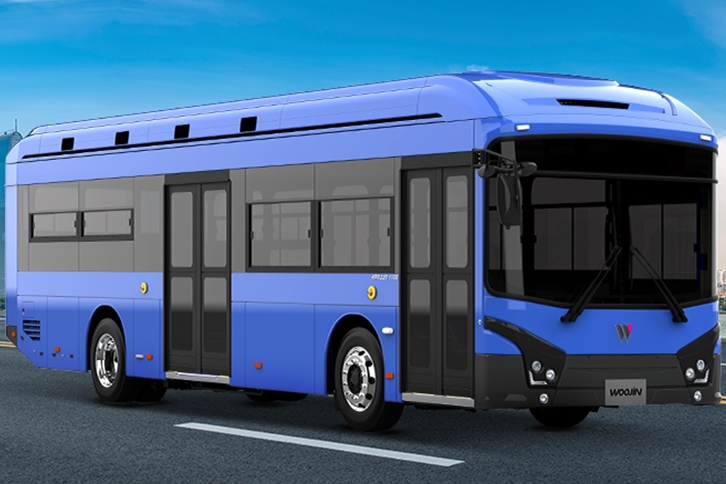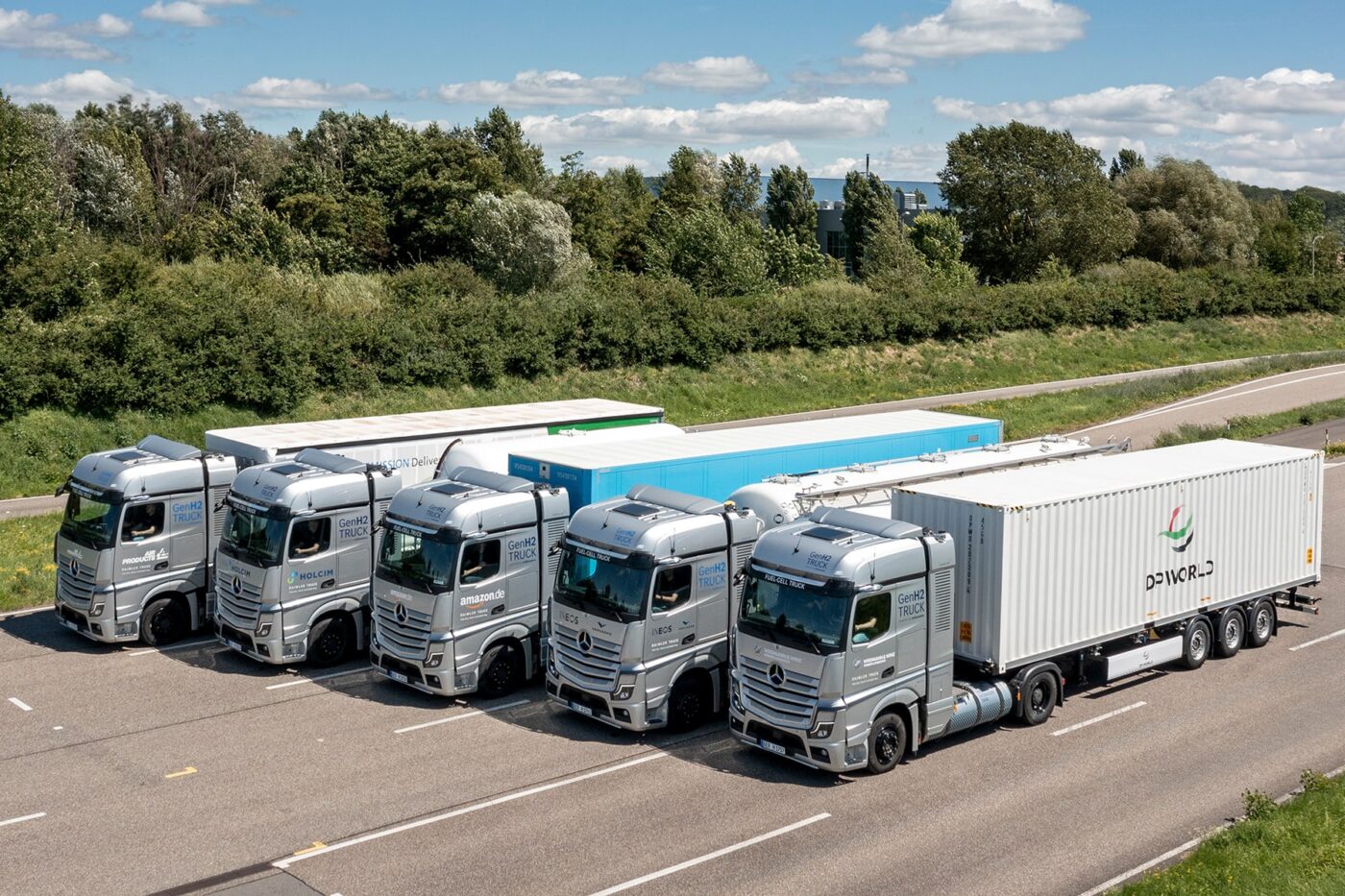Hyzon Motors, the U.S. developer of fuel cell commercial vehicles, announced on Monday it is suspending operations in the Netherlands and Australia, redirecting its focus exclusively to the North American market amid challenging market conditions and reduced government support for hydrogen vehicles in Europe and Australia.
In a company statement, Hyzon cited the discontinuation of subsidy programs for hydrogen vehicles, particularly in Germany, as a key factor influencing its decision. The company highlighted contrasting efforts in North America, where initiatives to accelerate hydrogen adoption and promote emission-free fuel cell technology have seen stronger governmental backing.
The strategic shift follows an internal evaluation of market activities, leading Hyzon to discontinue operations in the Netherlands and Australia. Initially entering Europe in 2020 through a joint venture with Holthausen Clean Technology, Hyzon assumed full control of its European business after the split at the end of 2022. The closure of its assembly plant in Winschoten, Netherlands, is imminent as part of this adjustment.
Hyzon affirmed its intention to preserve the possibility of returning to the European and Australian markets as a supplier of fuel cell systems to Original Equipment Manufacturers (OEMs), emphasizing that the current withdrawal is temporary and exploratory.
CEO Parker Meeks described the decision as “complex and difficult,” expressing appreciation for the efforts of the European and Australian teams in advancing hydrogen technology. Meeks underscored the challenges of introducing new technology in an emerging industry and emphasized Hyzon’s commitment to focusing efforts on North America, overseeing large fleet trial programs slated to begin this summer.
The withdrawal is anticipated to incur a total cost of 17 million U.S. dollars, with seven million dollars expected in cash payments. An additional seven million dollars will be attributed to non-cash inventory write-downs, scheduled for recognition in the second and third quarters of 2024, with corresponding cash outflows projected for the third and fourth quarters of the year.

